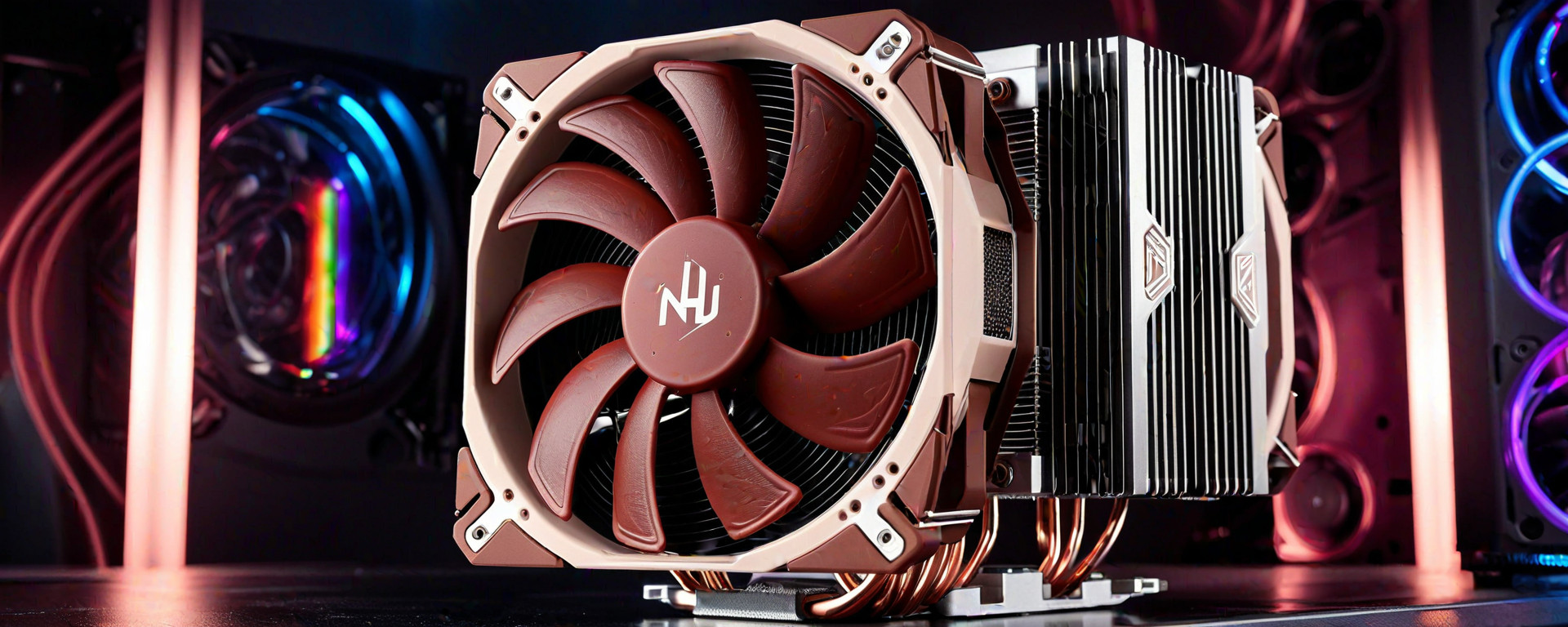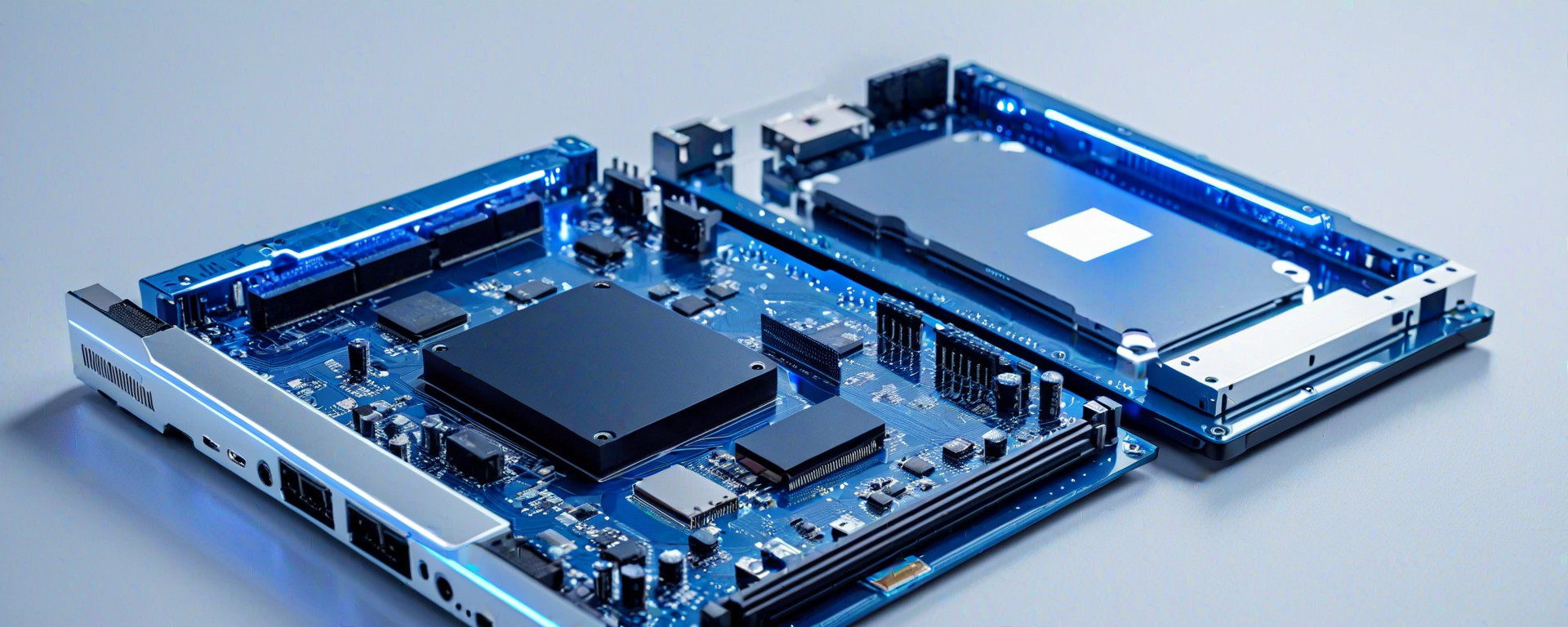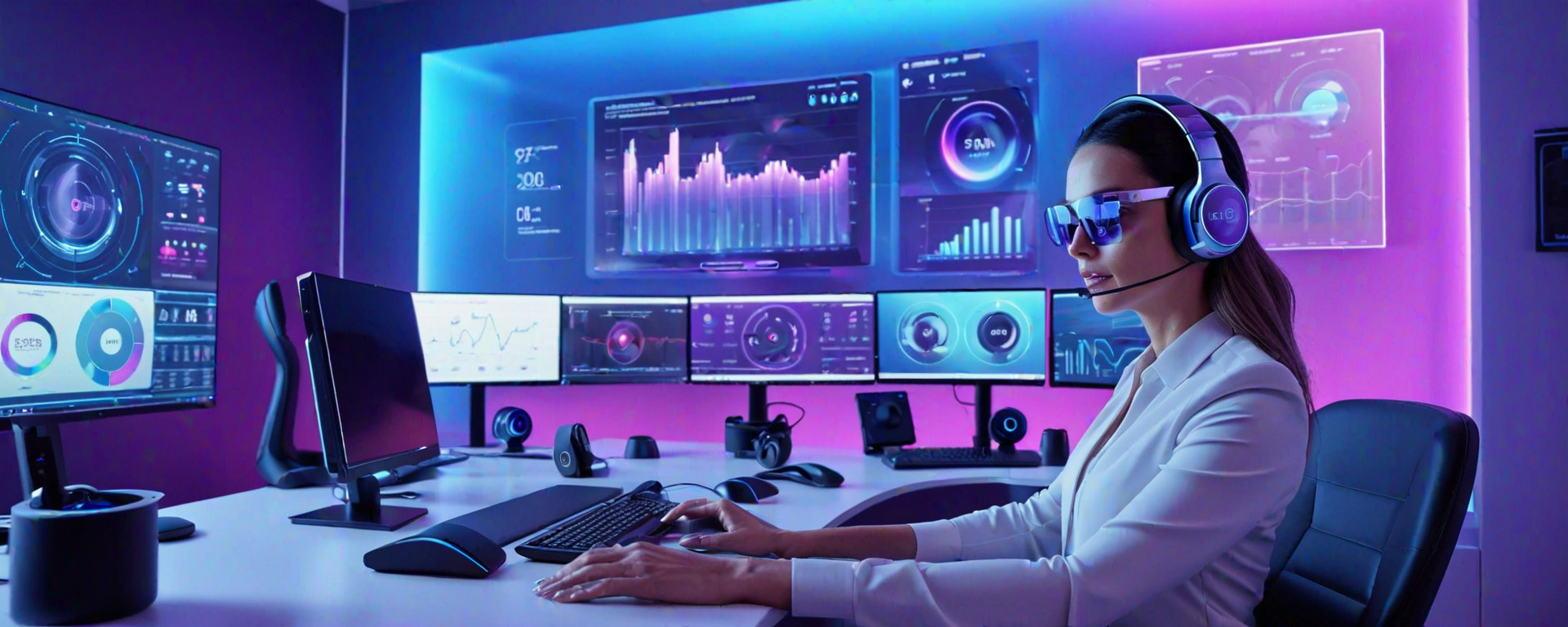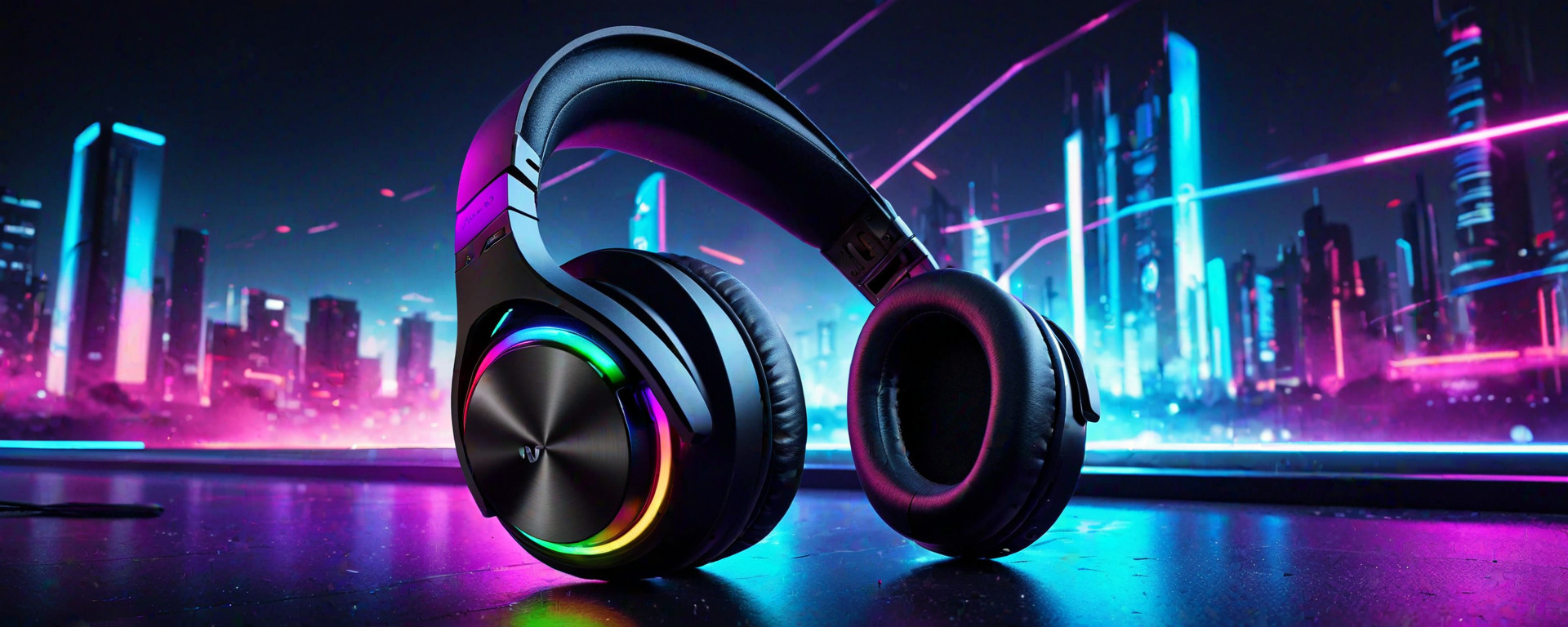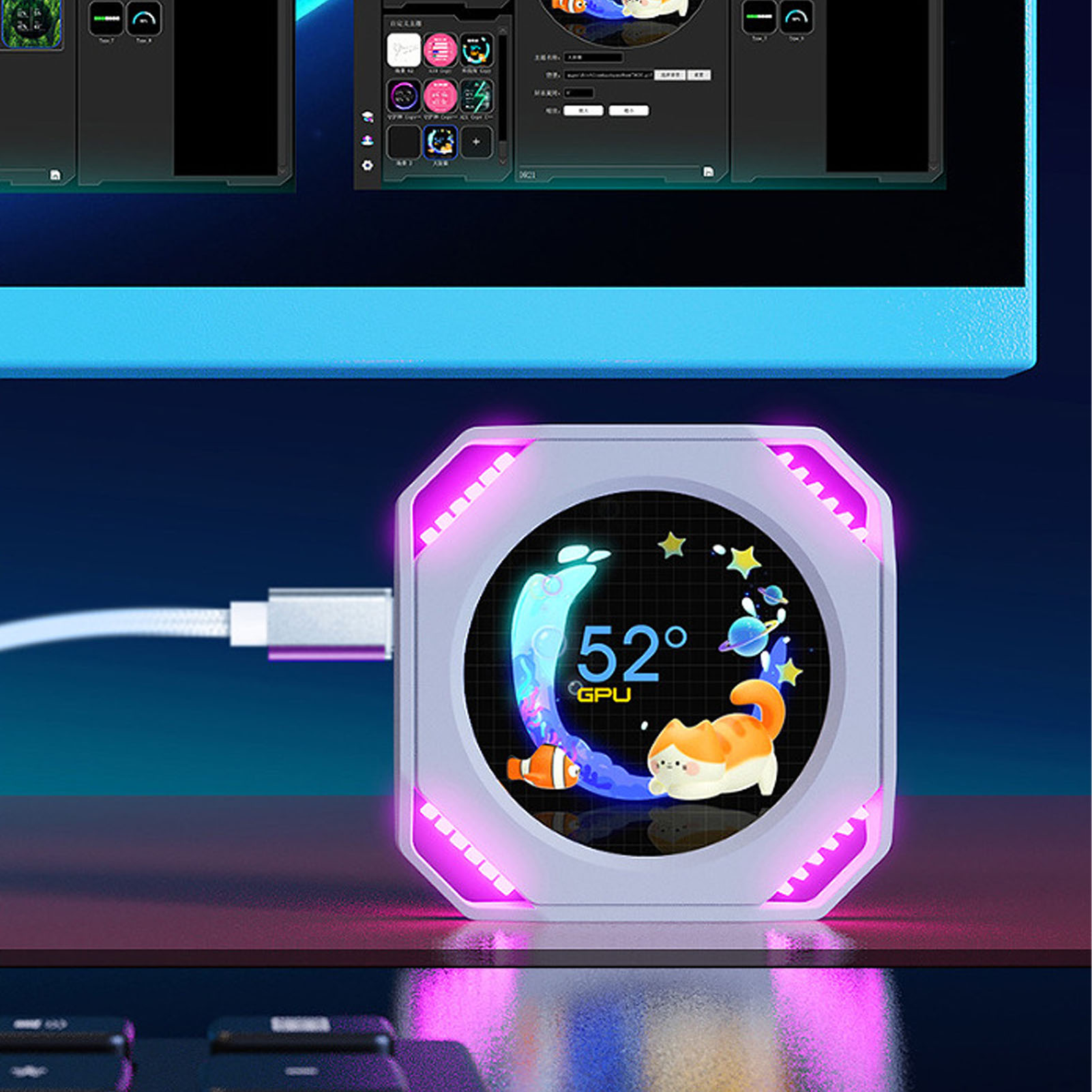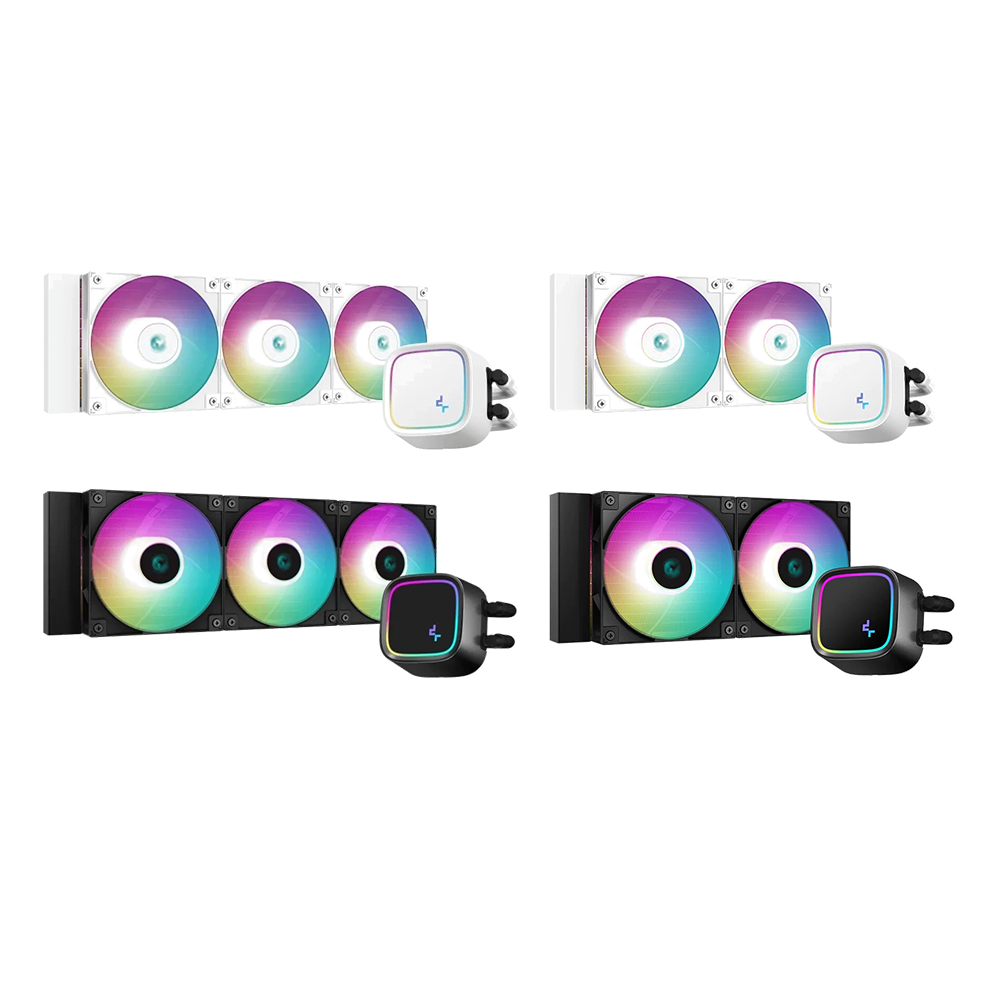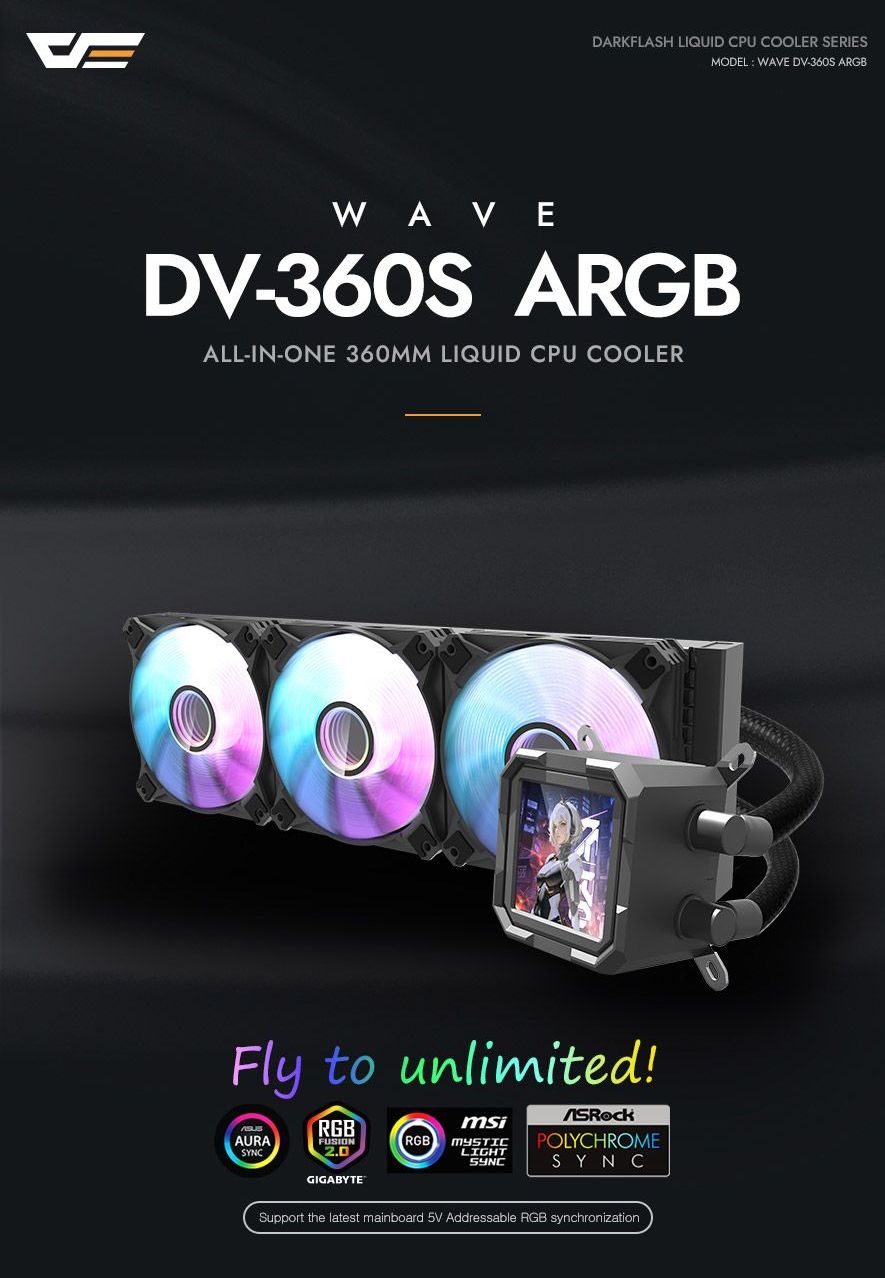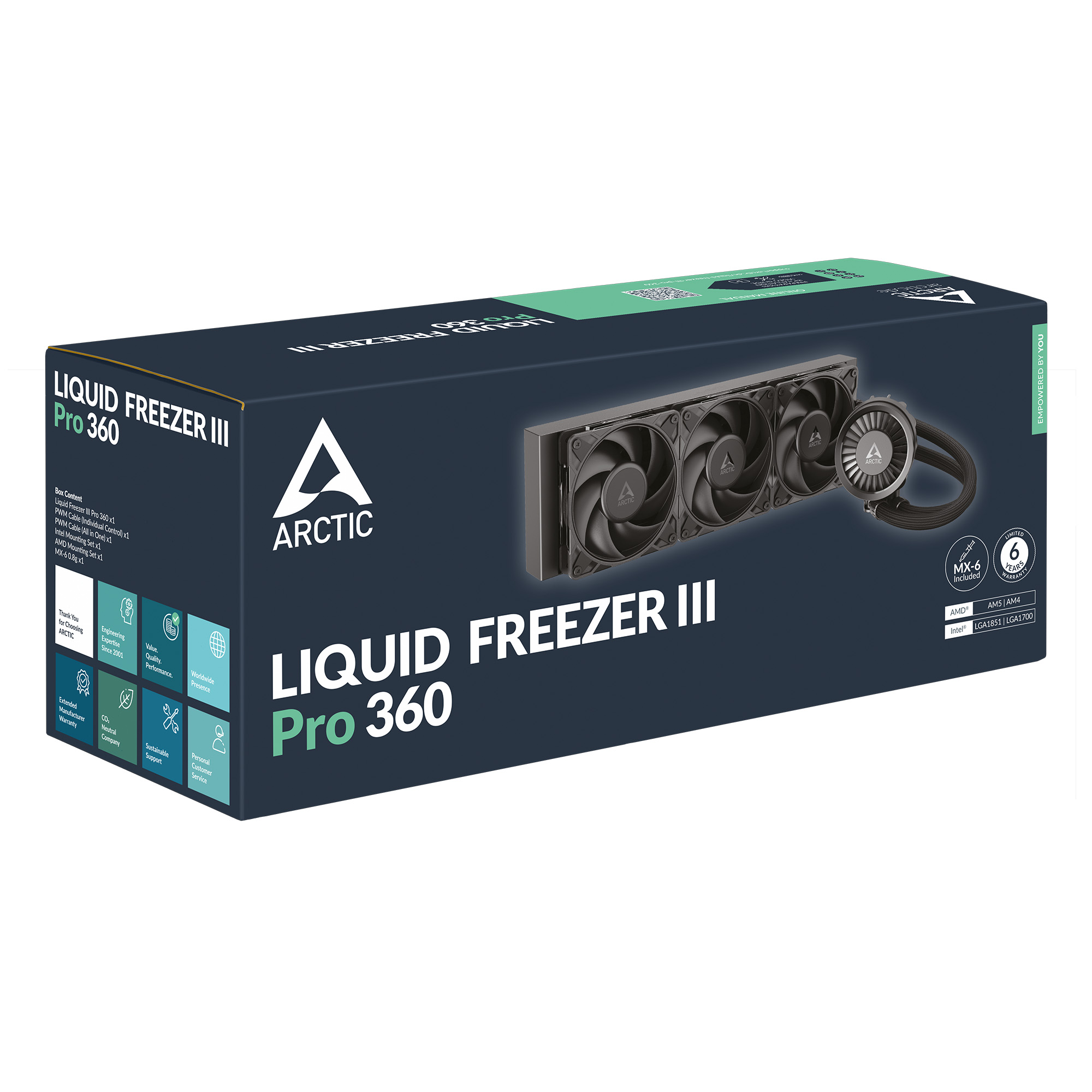Introduction
When it comes to high-performance computing systems, proper cooling is not just a luxury—it's essential. Whether you're an avid gamer looking for the edge in competitive titles or a professional relying on your system for complex simulations and tasks, maintaining optimal temperatures can be the difference between success and failure. This article aims to provide a comprehensive guide to the best CPU coolers designed specifically for extreme cooling needs. We'll explore various models, compare their technical specifications, discuss performance benchmarks, and offer practical advice to ensure you choose the right cooler for your system.
Understanding Extreme Cooling Needs
What Constitutes "Extreme" Cooling Requirements?
Extreme cooling typically refers to scenarios where traditional air coolers fall short. This includes systems that are heavily overclocked, run intensive workloads continuously, or operate in environments with high ambient temperatures. The primary goal of extreme cooling is not just to maintain stable operating temperatures but also to ensure sustained performance without thermal throttling.
Common Scenarios Requiring Extreme Cooling
The most common scenarios where extreme cooling becomes necessary include:
- Overclocking: Pushing the CPU beyond its factory settings can generate significant heat, requiring a more robust cooling solution.
- Intensive Gaming and Rendering: High-end gaming setups often require constant performance, while video rendering tasks demand sustained power delivery without thermal throttling.
The Role of Cooling Solutions in Extreme Scenarios
Adequate cooling ensures that the system remains stable under load and prevents damage from overheating. This is crucial for longevity and reliability, especially when dealing with high-performance CPUs and GPUs.
Top CPU Coolers for Extreme Cooling Needs
In this section, we will delve into some of the best CPU coolers designed to handle extreme cooling requirements:
Noctua NH-U14S SE-AM4
The Noctua NH-U14S is a top-tier air cooler that offers exceptional performance and quiet operation. Its dual-tower design provides superior airflow, making it ideal for high-end gaming systems.
- Pros:
- Excellent thermal performance
- Ultra-quiet operation due to advanced fan control technology
- Large heat sink with multiple copper fins - Cons:
- More expensive than entry-level coolers
- Requires additional mounting brackets for some motherboards
AIO Cooler: Corsair H150i PRO RGB PLATINUM
The Corsair H150i PRO RGB PLATINUM is a high-end liquid cooler that combines top-tier cooling performance with stunning aesthetics. Featuring three individually addressable RGB fans and a brushed aluminum radiator, this cooler stands out in both form and function.
- Pros:
- Outstanding thermal efficiency
- Beautiful RGB lighting with extensive customization options via iCUE software
- Compatible with a wide range of motherboards - Cons:
- More expensive than air coolers
- Requires installation space for the radiator and reservoir
All-In-One Cooler: NZXT Kraken X72
The NZXT Kraken X72 offers premium cooling performance with a sleek, modern design. Its dual pump system ensures reliable operation even under demanding conditions.
- Pros:
- Exceptional cooling capacity for high-end CPUs
- Aesthetic RGB lighting with per-channel customization
- High-quality build and materials - Cons:
- Higher cost compared to single-pump systems
- Requires a bit more space for installation
Technical Specifications and Performance Benchmarks
To help you make an informed decision, we'll provide detailed technical specifications and performance benchmarks for each cooler mentioned above:
| Cooler Model | Dimensions (mm) | Weight (g) | Noise Level (dBA) | Fan Speed (RPM) | Thermal Performance @ 105°C Core Temp |
|---|---|---|---|---|---|
| Noctua NH-U14S SE-AM4 | 326 x 178 x 92 | 1095 | 22.3 | 1,000 - 1,500 RPM | +10°C (idle) / +4°C (load) |
| Corsair H150i PRO RGB PLATINUM | 369 x 128 x 67.5 | 1,780 | 40 | 900 - 2,000 RPM | +1°C (idle) / +3°C (load) |
| NZXT Kraken X72 | 365 x 128 x 67.5 | 1,700 | 42.9 | 900 - 2,000 RPM | +1°C (idle) / +3°C (load) |
Real-World Usage Scenarios and Case Studies
To give you a better idea of how these coolers perform in real-world scenarios, we'll look at some case studies:
Noctua NH-U14S SE-AM4: Gaming PC Setup
A user built a high-end gaming rig using the Noctua NH-U14S. The system included an AMD Ryzen 9 5900X, MSI MAG B550 TOMAHAWK motherboard, and NVIDIA GeForce RTX 3080 graphics card.
Corsair H150i PRO RGB PLATINUM: Media Server
Another user opted for the Corsair H150i in a media server setup. The system featured an Intel Core i9-10900K, ASUS ROG Strix Z490-E Gaming motherboard, and Samsung 970 EVO Plus SSDs.
NZXT Kraken X72: Overclocked Performance Rig
A third user utilized the NZXT Kraken X72 in an overclocked performance rig. The setup comprised an AMD Ryzen Threadripper 3970X, ASUS ROG Zenith II Extreme motherboard, and NVIDIA GeForce RTX 3090 graphics card.
Frequently Asked Questions
- Q: How do I choose between air coolers and AIO liquid coolers?
A: Air coolers are generally more affordable but may not offer the same level of cooling as AIO systems. If you prioritize quiet operation or space constraints, an air cooler might be better. For maximum performance and aesthetics, consider a high-end AIO. - Q: What factors should I consider when selecting a CPU cooler?
A: Key considerations include thermal efficiency, noise level, compatibility with your system components (e.g., case size), ease of installation, and budget.
Conclusion
Selecting the right CPU cooler is crucial for maintaining optimal performance and longevity in high-performance systems. By understanding technical specifications, real-world usage scenarios, and answering common questions, you can make an informed decision that suits your specific needs.
